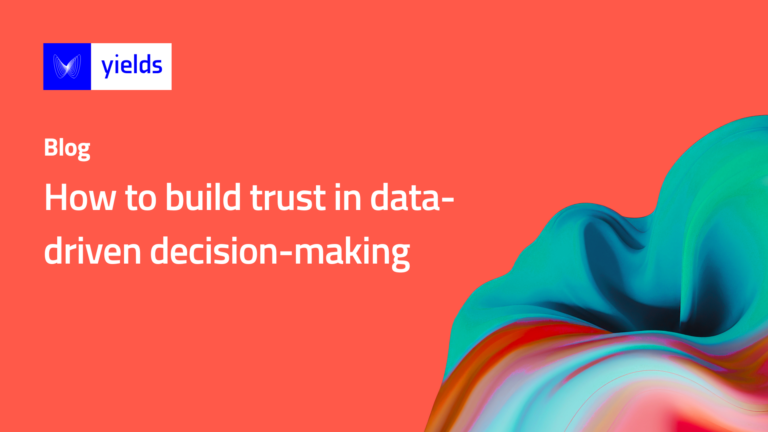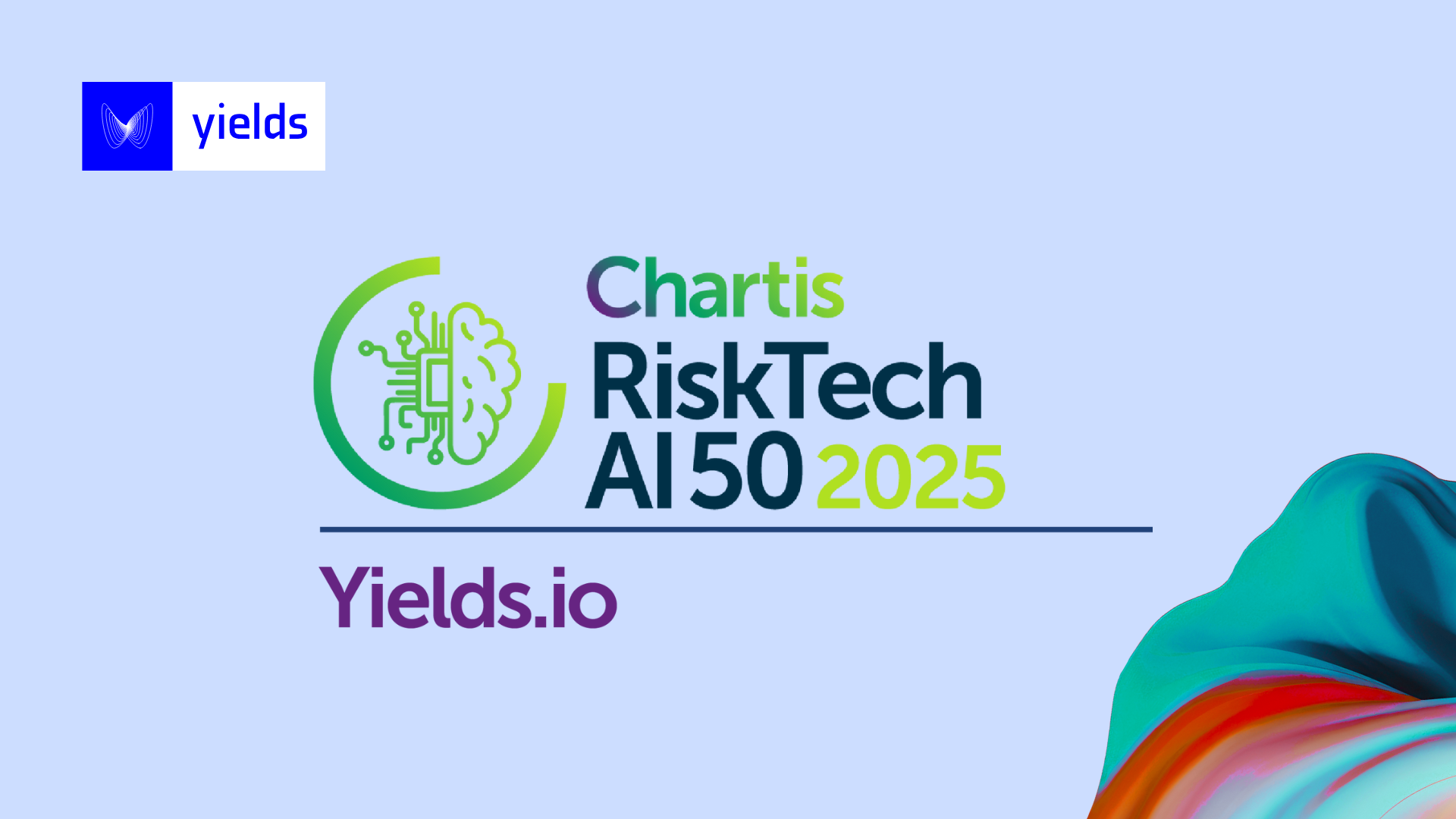Data is every organization’s goldmine. Whether it’s to monitor the performance of strategic initiatives or find solutions to business problems, good data can open up a plethora of possibilities. Utilizing data to support decision-making can provide organizations with a competitive edge, enhance operational efficiency, and reveal new pathways for growth. This method, which involves employing facts, metrics, and measurable objectives to guide business choices, is known as data-driven decision-making.
There are countless examples of how organizations have benefited from leveraging data to guide their decisions. Netflix used play data and subscriber ratings to produce a hit series, House of Cards. Coca-Cola analyzed customer data to create hyper-targeted ads and improve marketing efficiency. However, the picture is not all sunshine and roses.
Every organization must also be cognizant of the risks associated with data-driven decision-making. Poor data quality may result in incorrect recommendations, while biased data could produce discriminatory or unfair policies. More broadly, technological errors might generate flawed decisions. Therefore, building trust in the processes used for data-driven decisions is crucial. This blog post delves into methods of cultivating trust and mitigating risks when utilizing data for decision-making.
Validating and monitoring models
Before deploying any model into production, it is necessary to verify that the model functions as intended. Model validation involves evaluating the accuracy, reliability, and performance of the model, often by testing it on independently sourced datasets distinct from the data used during its development. After a model has been deployed, model monitoring, which entails having continuous oversight of the model’s performance, allows you to verify whether the deployed model is working as expected.
Extensive model validation and continuous model monitoring make your model outputs more reliable by:
- Detecting model drift early on before it can have a significant impact on a model’s outputs.
- Identifying anomalies and outliers in datasets so that these values don’t skew a model’s performance.
- Providing insights and supporting evidence that form the basis of the decision to retrain a model.
Data-driven decisions based on models whose performance has deteriorated over time can often lead to financial losses, regulatory risks, and various other issues.
Employ trustworthy models with Yields
Yields is an award-winning, adaptable technology that can help you in the process of building a truly data-driven organization. It ensures that the quality of your data stays intact, and that your models are transparent and interpretable, as well as enabling validation and continuous monitoring of your models. Let us see how.
Data quality
Data is sourced from the official data sources to minimize manual error-prone extractions. It is standardized in terms of its structure and content, and then processed via script-based transformations. The models and algorithms can thus make use of this clean, high-quality data to provide accurate results. Moreover, Yields historicizes data with its full lineage to allow for tracing back and reproducing results.
Transparency and interpretability
The Yields MRM suite ensures model transparency by capturing all important, up-to-date information and making it visible to all stakeholders in a centralized manner at all times. It documents the lifecycle of a model via the automated generation of documentation to include various types of content including technical data (e.g., equations), as well as evidence of qualitative and quantitative assessments (e.g., test results). When it comes to model interpretability, Yields leverages well-known techniques that are either open source or proprietary to the customer.
Validation and monitoring of models
Workflows in the Yields MRM suite allow you to manage the end-to-end execution of a model, including validation and monitoring. These workflows are fully configurable from the UI to capture the required level of granularity of steps, in line with internal governance. You can perform a quantitative analysis in an automated and reproducible manner using routine tests that can be executed with the required frequency based on events (e.g., new data available), or due date triggers. In case of any anomalies or issues, notifications are sent for investigation or deeper analysis.
Begin your organization’s journey to making data-driven decisions by booking a demo today!




